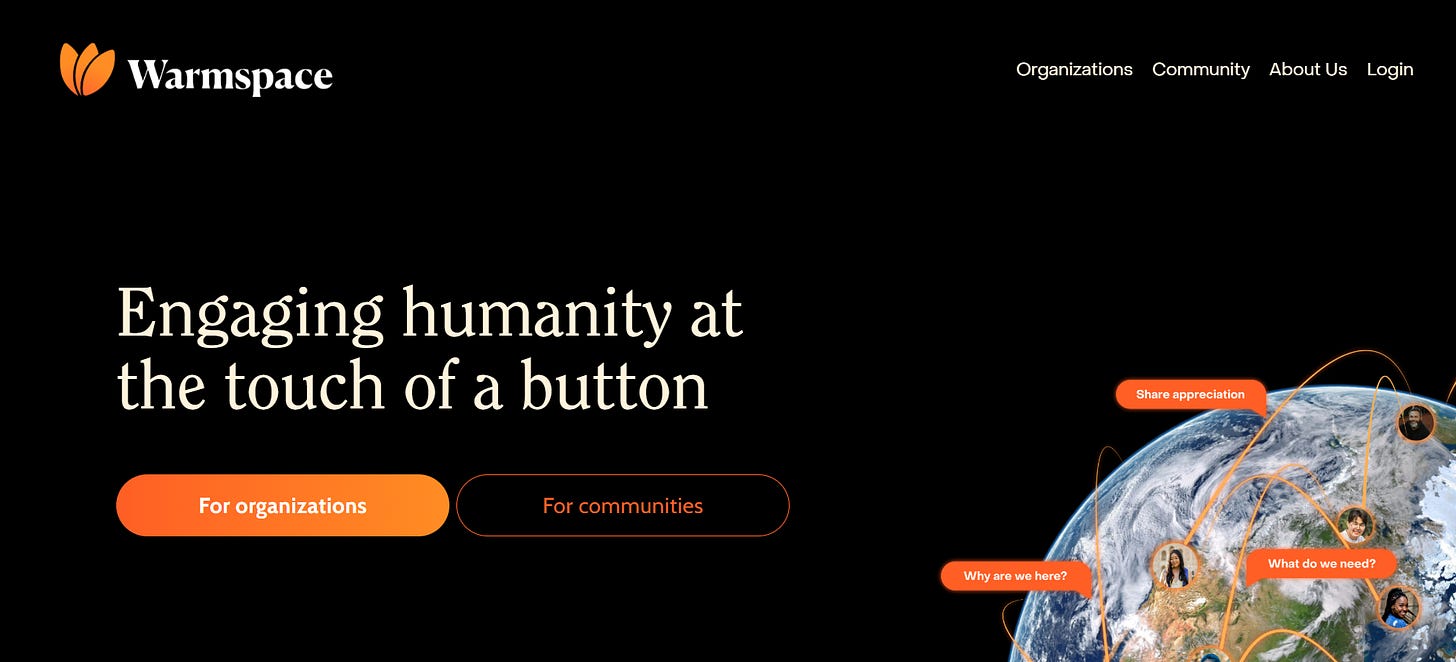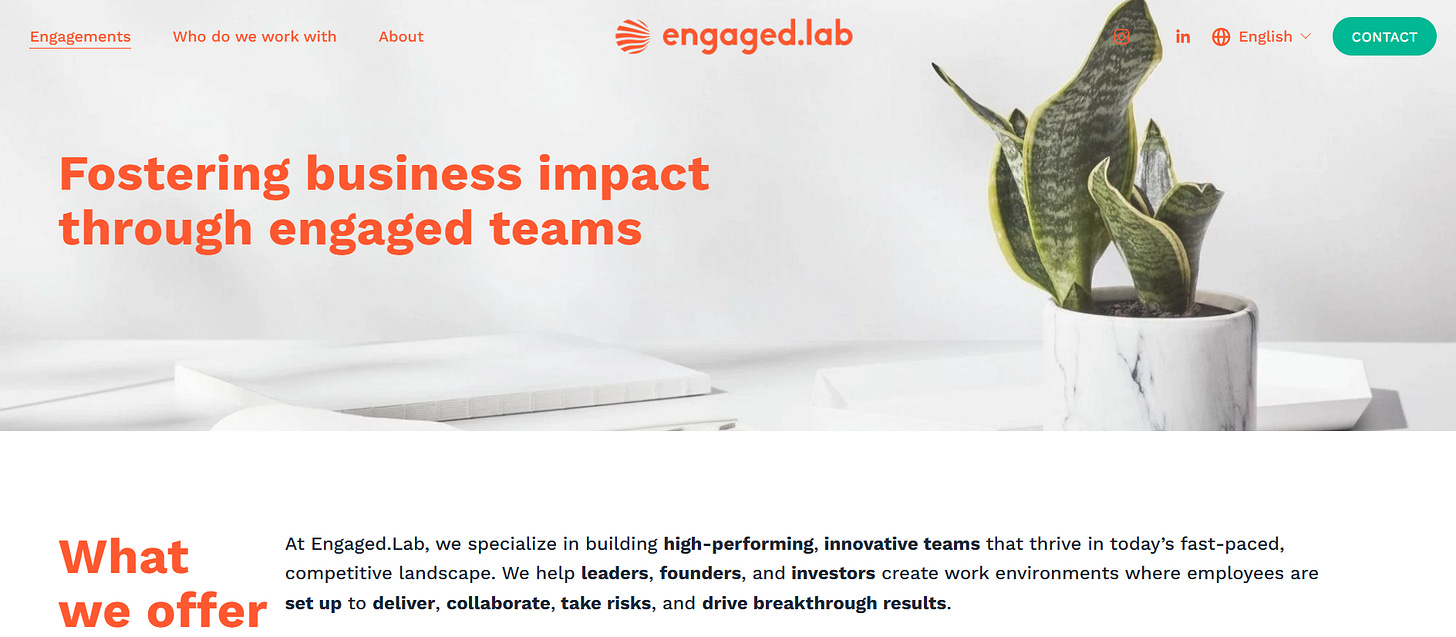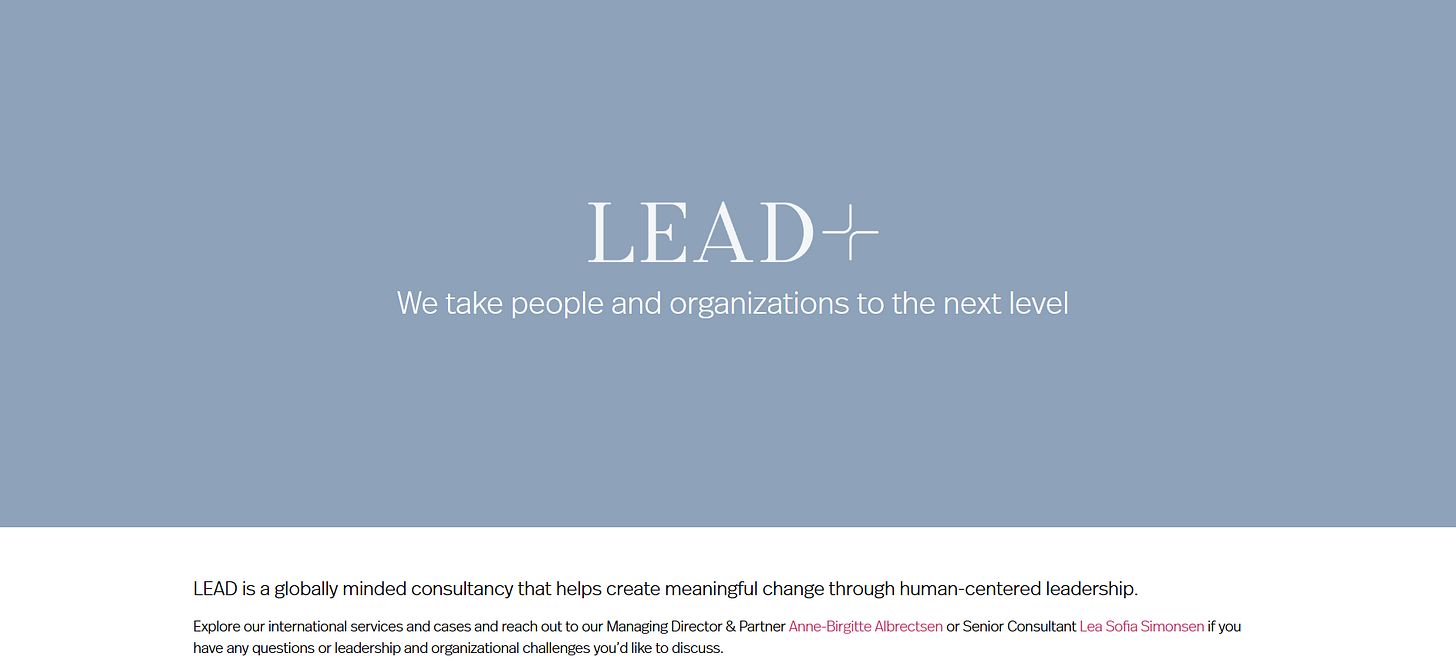Psychological Safety at Work: Why It Matters and How Companies Are Addressing It
How Companies Are Tackling Psychological Safety in Europe and Beyond
The Cost of Silence
Picture this: you’re in a meeting, and your manager shares an ambitious plan. You spot a flaw that could derail everything but you hesitate. Will speaking up make you look negative? Out of touch? So you stay quiet.
Now imagine that moment repeated across hundreds of employees and thousands of meetings. What gets lost? Innovation. Trust. The chance to fix problems before they explode.
That’s the invisible tax of missing psychological safety: the belief that people can ask questions, share ideas, or admit mistakes without fear of humiliation or punishment. Defined and developed by Harvard professor Amy Edmondson, the concept has never been more urgent especially as organizations adapt to hybrid work and accelerating change.
When Safety Is Absent
Workplaces without psychological safety often look calm on the surface but turbulent underneath:
Silence instead of solutions. Employees keep concerns to themselves.
Compliance instead of creativity. Teams avoid risk and stick to the safe path.
Fear instead of trust. Energy goes into impression-management rather than problem-solving.
Burnout instead of balance. Stress builds when people can’t show vulnerability.
A Mirror for Leaders
Leaders who want to know if safety is alive in their teams should ask:
Do people feel safe pointing out problems to me, even if I’m the cause?
When mistakes happen, do we react with blame or with curiosity?
How many ideas stay locked inside because sharing feels risky?
These aren’t checklist items. They’re mirrors. The answers reveal whether a workplace is genuinely safe or quietly dysfunctional.
How Companies Are Tackling It
Across Europe and beyond, organizations are experimenting with practical, often surprising ways to build trust:
Warmspace – Warmspace is a digital sanctuary for meaningful connection. Through guided conversations supported by prompts, music, and cues. It helps teams, and communities move past small talk into genuine presence and empathy. By creating a safe space where people can speak openly and be heard without judgment, it fosters psychological safety, the foundation of trust, collaboration, and belonging
.
EngagedLab - Engaged Lab helps organizations turn psychological safety from a buzzword into a foundation for thriving teams. Rooted in the research of Amy Edmondson, they guide teams and leaders through tools like the Psychological Safety Scan, interactive workshops, and tailored mentoring so environments become places where people feel safe to take risks, speak up, and learn without fear of judgment
Remote Team Builder – Remote Team Builder specializes in cultivating high-performing, psychologically safe remote teams. Their approach combines data-driven insights, interactive workshops, and continuous learning to foster trust, openness, and collaboration. By embedding psychological safety into daily practices, they help organizations create cultures where teams thrive together
LEAD - LEAD is a consultancy dedicated to fostering psychologically safe workplaces where individuals can thrive, speak up, and develop. Their approach integrates evidence-based methods tailored to each organization's unique context, addressing challenges such as stress management, conflict resolution, and leader well-being. By promoting a culture of open dialogue, trust, and continuous development, LEAD helps organizations create environments that value psychological safety and well-being
Together, these approaches highlight a key truth: there’s no single path to psychological safety, but every path makes it tangible.
The Science Behind the Practice
Decades of research underline why this matters.
Edmondson’s studies showed that high-safety teams reported more mistakes not because they made more, but because they felt safe enough to admit them. Over time, those teams learned faster and performed better.
Google’s Project Aristotle later confirmed it: Among all the factors that drive high-performing teams, psychological safety ranked number one.
The science is robust. The practice is catching up.
Takeaway: From Surviving to Thriving
Psychological safety isn’t a “soft perk.” It’s the infrastructure of innovation, trust, and resilience. Without it, organizations pay in silence, disengagement, and missed opportunities.
Because when people feel safe, they don’t just work harder. They speak, share, challenge, and create. And that’s the difference between organizations that merely survive and those that thrive.
Post created with support from AI tools. Human-curated, community-approved
.








